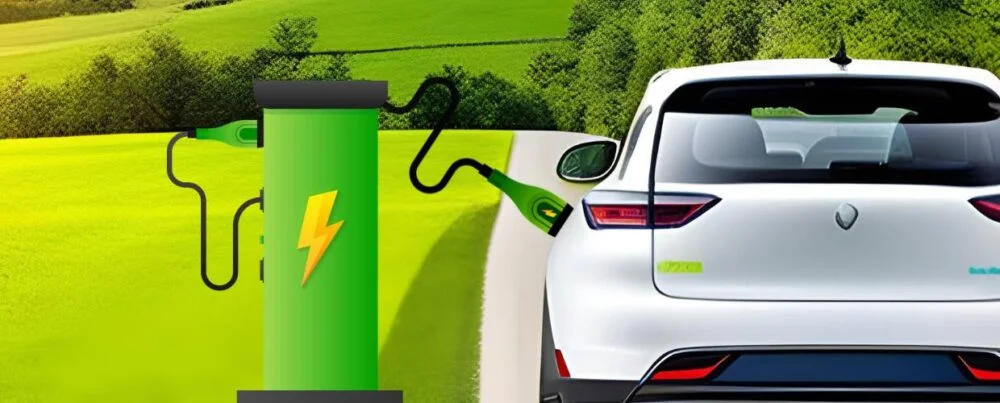Electric Vehicles (EVs) have emerged as a pivotal solution in the global pursuit of a sustainable and environmentally friendly transportation sector. With technological advancements, environmental consciousness, and governmental incentives, EVs have recently gained unprecedented popularity. As the world grapples with climate change and air pollution challenges, these zero-emission vehicles offer a glimmer of hope and a path toward a greener future.
The Growth of EVs
The journey of electric vehicles started more than a century ago, but in the 21st century, they have indeed come into their own. The advancement in battery technology, coupled with increased production efficiencies, has made EVs more accessible and affordable. With concerns about greenhouse gas emissions and finite fossil fuel reserves, governments and automakers recognized the urgency of transitioning towards cleaner transportation alternatives.
As a result, electric vehicles have witnessed remarkable growth. The approximate decision of the Techgolly market analysis team is that the global Electric Vehicle market was valued at least USD 650 billion in 2024 and continues to be projected to reach USD 1,583.66 billion by 2030. Growth will continue at a compound annual growth rate (CAGR) of 14% to 16% from 2024 to 2030. As electric vehicle technology improves and economies of scale are achieved, experts predict that EVs will soon become ubiquitous on roads worldwide.
Environmental Impact
One major reason for EVs’ rising popularity is their minimal environmental impact. Unlike conventional internal combustion engine vehicles, EVs produce zero tailpipe emissions. By eliminating harmful pollutants like carbon dioxide (CO2), nitrogen oxides (NOx), and particulate matter, EVs contribute to cleaner air, reduced smog, and improved public health.
Furthermore, the environmental benefits of electric vehicles are amplified when renewable energy sources power them. As the world shifts towards cleaner energy production, EVs’ carbon footprint diminishes even further, making them a crucial component in efforts to combat climate change.
Challenges and Solutions
Despite their potential, EVs face specific challenges that must be addressed to accelerate their adoption. Range anxiety, the fear of running out of battery power during a journey, remains a concern for many potential buyers. However, advancements in modern battery technology have led to improvements in range, making them more suitable for long-distance travel.
Charging infrastructure is another hurdle that needs to be overcome. Governments and private companies are investing heavily in expanding charging networks to ensure easy access to charging points, encouraging more people to switch to electric vehicles. Fast-charging technologies are also being developed to significantly reduce charging times.
Affordability remains a barrier for some consumers, with EVs often being more expensive upfront than traditional vehicles. However, ongoing developments in battery technology and economies of scale are gradually narrowing the price gap. Moreover, government subsidies and incentives make EV ownership more attractive and affordable for consumers.
Economic Impact and Collaborative Efforts
The transition to electric vehicles also carries economic implications. While the shift may disrupt traditional industries such as oil and gas, it presents new opportunities for renewable energy generation, battery manufacturing, and associated technologies. Additionally, it can lead to job creation in research, development, and maintenance of EVs and charging infrastructure.
The electrification of the transportation sector requires collaboration between governments, automakers, consumers, and other stakeholders. Governments play a critical role in setting policies, providing incentives, and investing in charging infrastructure. Automakers are continuously innovating to improve EV technology and expand product offerings. Consumers, too, have a role to play by making sustainable choices and supporting the transition to cleaner transportation.
Conclusion
Electric vehicles represent more than technological advancement; they symbolize a collective commitment to a cleaner, greener, and sustainable future. As the world grapples with climate change and environmental degradation, the rise of EVs offers hope for a world where transportation no longer contributes to air pollution and global warming. With advancements in technology, increased affordability, and growing environmental consciousness, electric vehicles are poised to reshape the automotive industry and drive us toward a future where cleaner, quieter, and emission-free transportation is the norm. Embracing the potential of EVs will benefit the environment, create economic opportunities, and enhance our quality of life.












